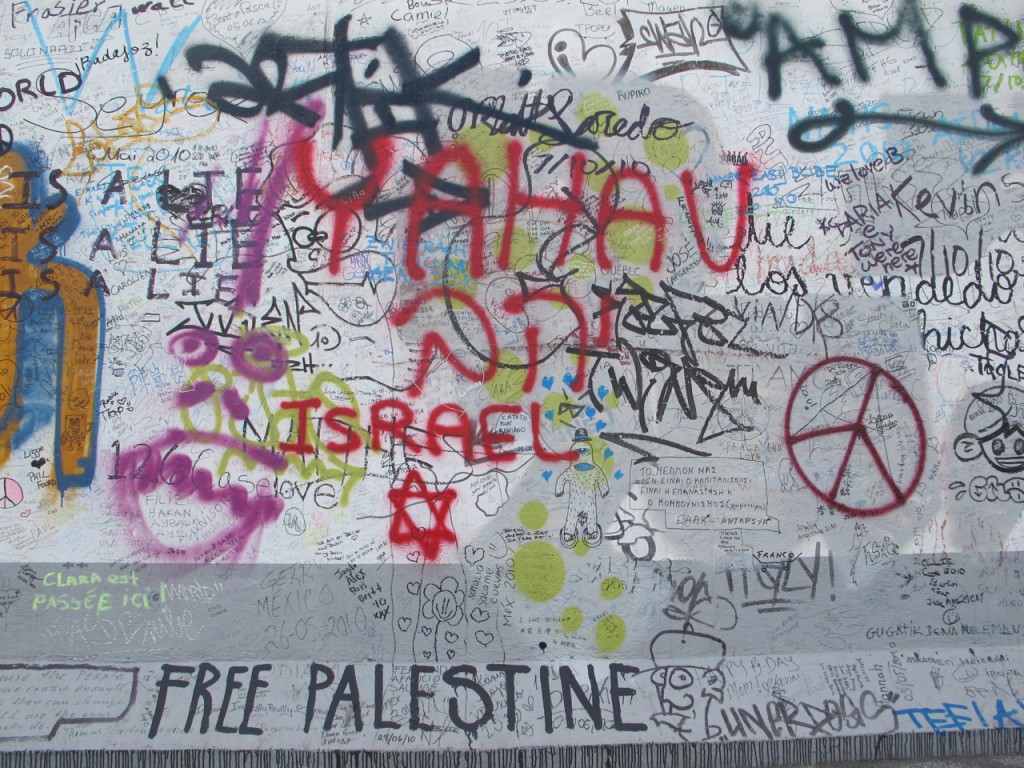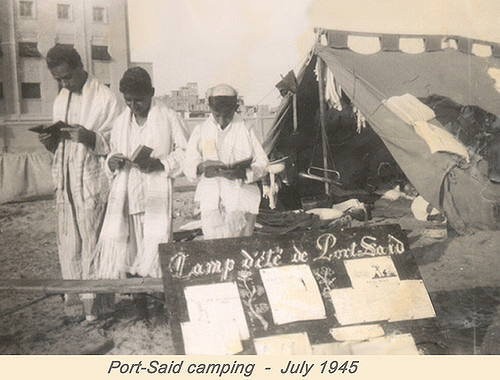Last week, Jerry Haber, aka The Magnes Zionist, offered his critique of the “Liberal Zionist Vision of the Two State Solution.” I strongly recommend you read his article and consider his points, because they are the very ones that have forced most advocates of a two-state solution to avoid those pesky details where the devil always hides.
These are dark days for supporters of a two-state solution. The thunderous applause of just about all of Congress, most of them completely unaware that they were cheering Bibi’s closing off any possibility of peace with the Palestinians and the rest of the Arab world, was very likely the death knell for the two-state scheme.
That’s reality. The fact that one state is not a solution, but rather is the very condition we live with today, doesn’t change that.
But if we’re to figure out what can work, it helps to acknowledge that Jerry raises the crucial problems with the generally accepted two-state vision, and then determine what a real two-state solution would have looked like.
I’ll make two prefatory points.
First, I am leaving aside the question of Palestinian refugees. You can see my views on this question here. The refugee issue is separate from all the rest. It can, theoretically, be resolved without resolving any other issues, and all other issues can be resolved without dealing with this one. The conflict, of course, cannot be settled without dealing with the refugees. However, it is also the one issue that could be separated from territory and Palestinian sovereignty.
Second, it is important that all of this thinking be understood as that of an American Jew. However familiar I may be with these issues, I, unlike Jerry, am not Israeli, and obviously not Palestinian. The international role is to mediate between two parties that have proven themselves unable to resolve the issue themselves, in order to bring even-handedness and pragmatism to the situation. At this, the international community in general, and the United States in particular, have utterly failed.
The guidelines for a realistic two-state vision were always fairly clear: the result should be two independent, self-sufficient, viable and fully sovereign states. As Jerry’s piece demonstrates, those conditions were never being met by the two-state visions proposed.
We can begin with the most obvious stumbling block, the “settlement blocs.”
In theory, there can be some land swaps, if done equitably. One of the primary settlement blocs, Gush Etzion, could be transferred to Israel, replaced with some other land and not interfere with the creation of a realistic Palestinian state.
The same cannot be said for the settlement blocs of Ariel and Ma’ale Adumim, much less for even farther flung settlements like those in Hebron. The “settlement blocs” meme has always ignored this basic reality.
But the idea of a Palestinian state doesn’t stop there. Such a state would also have to have full control over its own borders, its airspace and all of its relations with foreign countries.
A Palestinian state would, indeed, need to adhere fairly closely to the 1967 borders. Adjustments are possible (as with the Etzion bloc), but not the massive distortions that would take place if Israel kept Ariel and Ma’ale Adumim.
Jerusalem would have to be truly shared. There are any number of ways this could happen, but it is certainly the case that Israel would need to have unquestionable access and control over the Jewish Quarter of the Old City and the Western Wall complex, while Palestinians must have control over the Temple Mount/Haram-al-Sharif, while ensuring the integrity of the ruins of the Second Temple, which are presumably underneath the Temple Mount. [Note: It should be mentioned that Jewish law forbids Jews from walking on the Temple Mount as they would be treading on the remains of the Second Holy Temple.]
This would obviously require some creative thinking. Nonetheless, I think it obvious that it could be done if those basic parameters could be agreed upon…which, of course, is what is so unlikely. Beyond that, East Jerusalem would need to be the capital of a Palestinian state, and, while some trading of land could work to keep some Jerusalem Jewish settlements in Israeli hands, most of the territory there that Israel has taken would have to be returned.
That is the basic territorial outline for a real two-state solution. Benjamin Netanyahu knows that. This is precisely why he’s come up with the new buzzword, “indefensible borders,” which describe the borders before 1967, when a far weaker Israel, facing an alliance of Arab states unlikely to coalesce again, with far less Western support than it has today, not only defended those borders, but won the war in under a week, capturing enough territory to double its size.
The borders then were demonstrably and eminently defensible.
Real land swaps kept to a minimum; full Palestinian control over their land, air, water and borders; trade and water sharing agreements; agreements between the countries for passage through their borders (not unknown, as from 1967 until Oslo, Palestinians went around the West Bank, Gaza and Israel proper regularly, and Israelis visited the West Bank and Gaza regularly and freely); firm international security guarantees for Israel and full peace and acknowledgment of Israeli sovereignty from Palestine and all the Arab states. That’s what a real two-state solution would have looked like.
It still would not have been easy. It still would have required years of good faith negotiations, and public debate. It still would have required coming to grips with the refugee question.
But I think if that was the specific vision articulated by the fledgling Palestinian Authority, by the US, Europe and by Israel eighteen years ago, we would be in a very different place today, and it would have been much harder to have crushed the two-state solution, as appears to have been done.
Instead of wasting two decades on meaningless talks while settlements expanded like a plague and Israel maneuvered to keep key tracts of land and water resources of the West Bank, Israelis and Palestinians could have spent that time truly building their confidence in one another. Israelis could have come to understand that a Palestinian state would enhance, not threaten their security. They could have seen that the Palestinians, even if they were fully independent and completely outside of Israeli control, could not threaten Israel, could not possibly build up sufficient military strength to do so, but more importantly would have too much at stake themselves to want to.
Instead, Israel built and built, making itself a global pariah, destroying the democracy Jews enjoyed and reversing the trend of integrating its Arab minority which, though it had been appallingly slow, had been progressing from 1949 until the end the 20th century.
With the two-state solution lying dead and dismembered before us, and without an alternative that is any more viable than it ever was in a single-state framework, it is time to articulate what should have been clearly spelled out decades ago: two states means two independent and self-sufficient states, with all the rights and responsibilities that implies. That is what the Oslo two-state formulation never offered. And that’s why it’s dead.
East Side Gallery graffiti photograph by Joel Schalit. This article is published in collaboration with Babylon Times.





